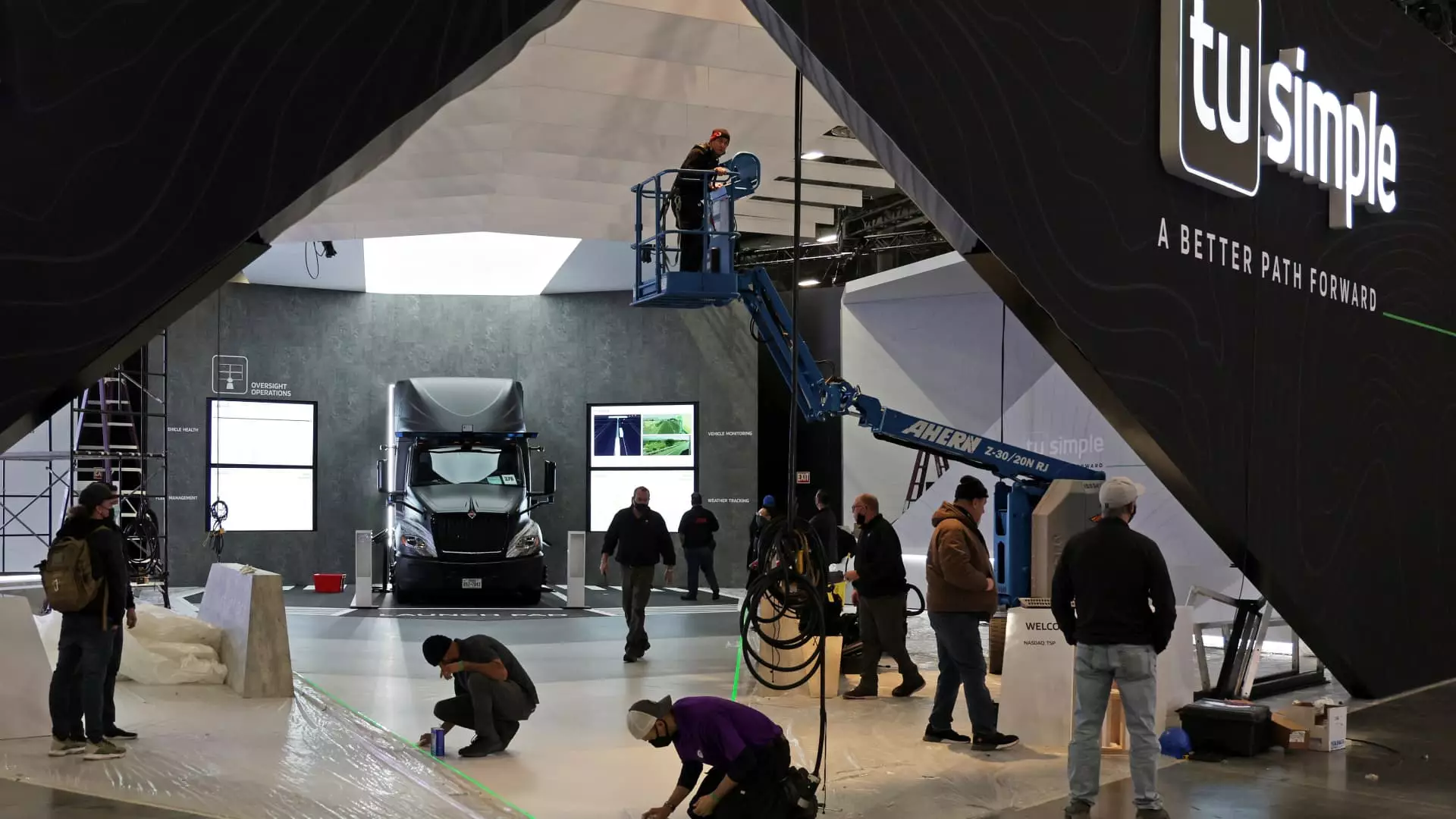In an unexpected twist, TuSimple, the autonomous trucking company, has undergone a significant rebranding to emerge as CreateAI. This transition was announced shortly after General Motors shut down its Cruise robotaxi operations, signaling the beginning of a major shift within the self-driving technology sector. Companies that once seemed promising are now facing intense scrutiny, and many are being forced to reassess their market viability. These recent events have drawn attention to TuSimple’s own hurdles, including persistent safety concerns surrounding its vehicles, a substantial $189 million settlement linked to a securities fraud lawsuit, and the destabilizing blow of being delisted from the Nasdaq earlier this year.
Amid these adversities, CEO Cheng Lu believes that Transforming TuSimple into CreateAI presents a path to recovery. His optimism hinges on the anticipated success of a video game based on the celebrated martial arts novels by Jin Yong. With a targeted launch for the game’s initial version set for 2026, Lu speculates that the company could achieve profitability by that year, followed by projections of “several hundred million” in revenue by 2027. This indicates a notable pivot from the company’s original focus on autonomous driving toward burgeoning opportunities in the entertainment sector.
The financial state of TuSimple prior to its rebranding provides insight into the implications of this strategic overhaul. In 2023, the company reported a loss of $500,000 across the first three quarters, alongside a hefty investment of $164.4 million in research and development. These figures underscore the pressing need for CreateAI to generate successful revenue streams quickly, especially given the competitive landscape of generative AI technologies currently dominated by players such as OpenAI.
In its quest to innovate and capture new markets, the company’s co-founder, Mo Chen, has maintained longstanding ties with the Jin Yong family and has been instrumental in the push towards animation since 2021. This collaborative backdrop adds depth to CreateAI’s ambitions of leveraging its advanced artificial intelligence capabilities—previously dedicated to autonomous driving software—to create innovative video game experiences.
A pivotal development in this metamorphosis is the introduction of Ruyi, an open-source AI model tailored for visual projects. Now accessible through the Hugging Face platform, Ruyi represents CreateAI’s commitment to harnessing cutting-edge technology in redefining its market positioning. This innovation not only signifies a strategic evolution from its days as TuSimple but also showcases the company’s alignment with the generative AI movement that continues to captivate audiences worldwide.
Cheng notes that shareholders have shown robust support for this new direction, indicating a shared vision for the company’s future amid uncertainty. An upcoming shareholder meeting may further illuminate how the collective sentiment will shape CreateAI’s strategic initiatives moving forward.
To realize these ambitious goals, the company plans to expand its workforce to approximately 500 employees next year—a substantial increase from its current headcount of 300. This workforce expansion is vital for managing the complexities of launching this new portfolio of generative AI applications centered around video games and animation.
In support of this new direction, CreateAI recently announced a partnership with Shanghai Three Body Animation to create the first animated feature film and video game inspired by the acclaimed science fiction series “The Three-Body Problem.” Engaging in such collaborations demonstrates the company’s intent to position itself as a serious contender in the cinematic and gaming realms while also fostering a unique intersection of technology and storytelling.
In light of escalating restrictions imposed by the U.S. government, which limit access to advanced semiconductors for Chinese firms, CreateAI’s management reassures stakeholders that it employs a blend of domestic and international cloud computing resources, effectively mitigating potential impacts on operations. This strategy may position CreateAI favorably as it navigates the complex interplay between innovation and regulation.
As CreateAI forges ahead into this uncharted territory, it symbolizes more than just the evolution of a company; it reflects the broader narrative of innovation in the face of adversity. The journey from an autonomous trucking startup to an ambitious player in the realm of video games and animation illustrates the tenacity of adapting to shifting market dynamics, with the hope of achieving a thriving new identity in an ever-evolving tech landscape.

